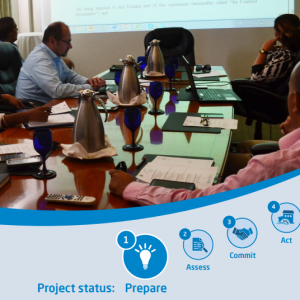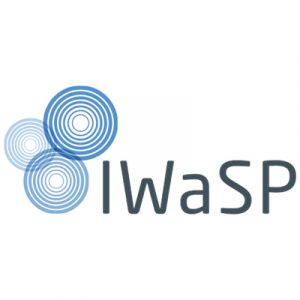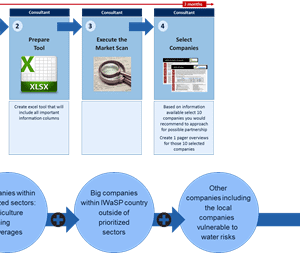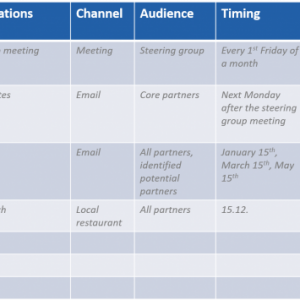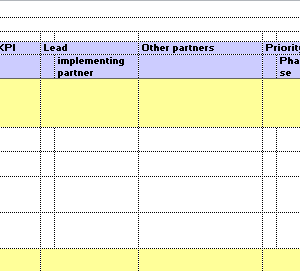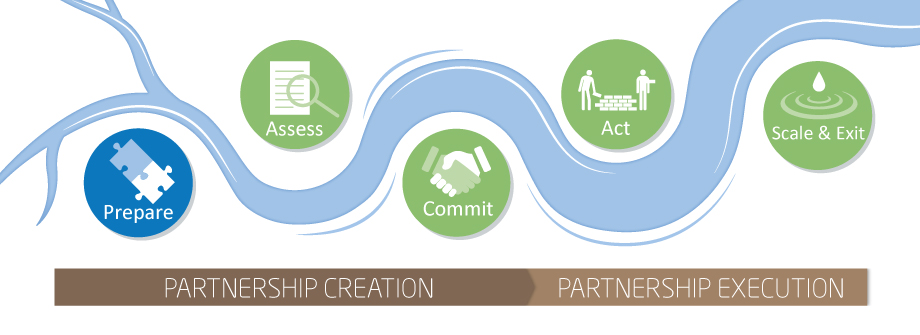
This Phase, which often integrates elements of the Assess Phase below, consists of collecting information, mapping stakeholders, understanding the challenges, scanning the markets, engaging an initial team of core partners, developing an initial partnership strategy and roadmap together, and assigning roles and responsibilities, among others. This Phase may culminate in the signing of a letter of intent among the initiating partners.
Selected key questions for Phase 1
- Have we mapped key stakeholders, including their level of interest and influence in our proposed natural resource security initiative?
- Have we created resonance among an initial team of key stakeholders for our initiative?
- Have we understood the context well enough, including perspectives from diverse stakeholders?
- Have we agreed on roles and responsibilities for moving forward?
- Have we assessed the capacity and resources required to move forward?
Example
Collective Leadership in Zambia: Process coaches from the Collective Leadership Institute (CLI) worked with the IWaSP team and local partners to support the Prepare Phase of the Lusaka Water Security Initiative (LuWSI), a multi-stakeholder initiative focused on improving water security for the residents and businesses of the capital. This preliminary Step focused on building resonance and trust among the key stakeholders through informal, bilateral meetings, a consultative multi-stakeholder workshop, and the first meeting of the LuWSI Steering Board.
Complementing the NRAF with the Collective Leadership Compass
The Compass Dimensions and Aspects that are most commonly associated with NRAF Phase 1: Prepare
- Wholeness: contextuality – Connect with ourselves, one another, and a larger context
- Engagement: connectivity – foster cohesion and build networks
- Humanity: balance – integrate personal and professional aspirations

-
Target Group Engagement and External Communications in the Implementation PlanRead more
Partnership target group engagement: use communications as a means to raise awareness, change attitude or behaviour among the partnership target groups (that are identified in stakeholder analysis)
Partnership external communications:…


